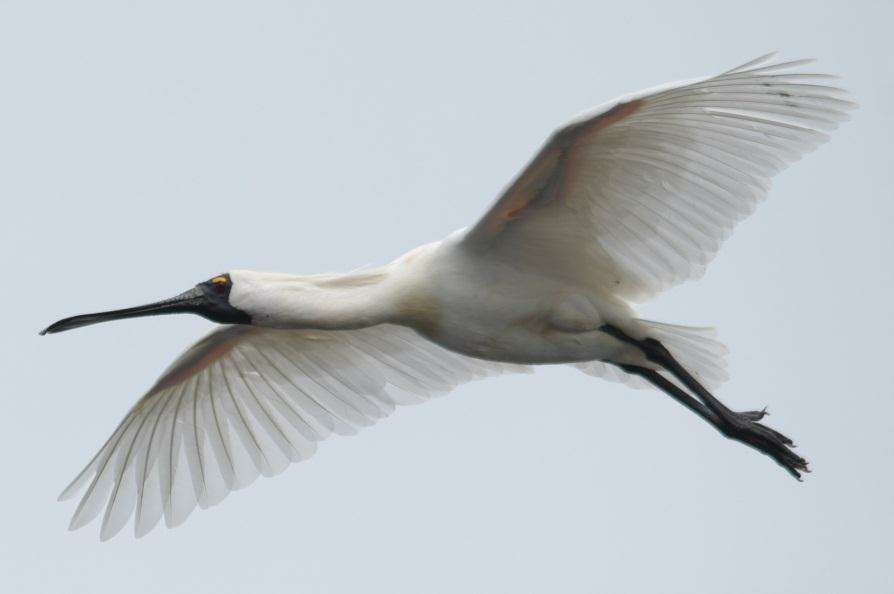Lake Drawdown attracts threatened bird species
The drawdown of Lake Benalla to control and prevent the spread of the National Weed of Significance, Cabomba (Cabomba caroliniana), began on the 1 st of February 2012. One of the benefits of the Lake drawdown is the significant amounts of birdlife, including threatened species, attracted to the Lake as it dries.
“The drawdown of Lake Benalla has had an unexpected benefit with the exposed Lake bed attracting threatened wetland birds to the area” explains Jo Wood, wetland ecologist with Goulburn Broken Catchment Management Authority.
“Wetland species such as the threatened Egret, and the vulnerable Royal Spoonbills which are not normally seen in Lake Benalla due to its depth, have come to enjoy the Lake bed and all it has to offer.”
“Yellow-billed and Royal Spoonbills have been sighted utilising the site, moving their spoonbills from side to side filtering bugs from the sediment. We encourage Benalla residents and visitors to keep an eye out for these unique wetland birds as it is a rare opportunity” continues Ms Wood.
Listed as threatened species under the Flora and Fauna Guarnatee Act (1988), Egrets are also protected under the Japan Australia Migratory Bird Agreement (JAMBA) and China Australia Migratory Bird Agreement (CAMBA). Royal Spoonbills are listed as a vulnerable species within Victoria.
White-faced Herons have been enjoying feeding in the shallows as they scrape their feet along the shallow water line feeling for yabbies, and stabbing quickly at the water to reveal a hearty crustacean meal.
The Laughing Kookaburra is also benefiting from the drawdown as small crustaceans become exposed and become easy pickings. Ibis are seen wading around feeding on invertebrates and crustaceans in the shallows.
There is also a variety of birds to look for in the adjacent woodland. The cheeky and noisy Restless Flycatcher hovers around the gums trees feeding upon small insects. The Flycatcher can be mistaken for a Willy Wagtail but can distinguished by his glossy black head with a small crest and a call that sounds like scissors grinding or a tape being wound quickly backwards.
The Lake Benalla drawdown will continue for another 6-7 weeks. For more information please contact Goulburn
Broken CMA on 03 5820 1100 or reception@gbcma.vic.gov.au

Royal Spoonbill, Photo: Keith Ward, Goulburn Broken CMA.
For further information please contact:
Amanda McClaren, Communications and Marketing Manager
t: 03 58201117 m: 0459 023 640 e: amandam@gbcma.vic.gov.au